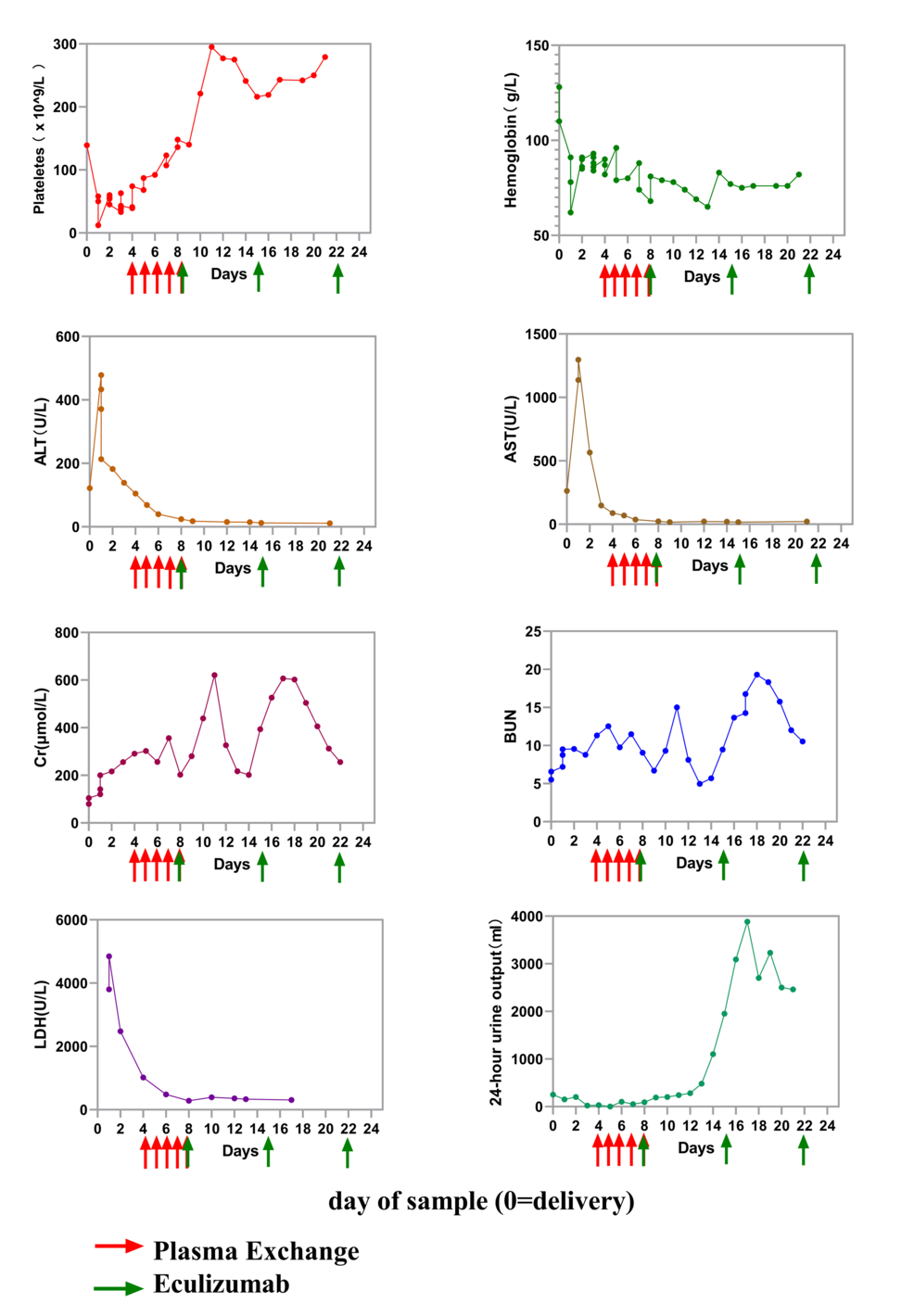Study Links Artificial Light Exposure to Depression-Like Behaviors in Tree Shrews

A new and comprehensive study has uncovered a startling connection between continuous exposure to artificial light during the night and the emergence of depression-like behaviors in tree shrews, a species that is genetically similar to primates. This significant research sheds light on how nighttime light can interfere with mood regulation mechanisms in mammals and has been published in the acclaimed journal Proceedings of the National Academy of Sciences.
The study was spearheaded by a team of researchers from the University of Science and Technology of China, along with colleagues from the Kunming Institute of Zoology (KIZ) of the Chinese Academy of Sciences and Hefei University. The innovative experiment involved exposing tree shrews to blue light for a duration of two hours each night over a span of three weeks. The results of this exposure were alarming: the tree shrews displayed pronounced symptoms reminiscent of depression, which included a notable 20-percent reduction in their preference for sucrose, decreased exploratory behavior, and significant deficits in long-term memory retention.
To delve deeper into the mechanisms behind these changes, the research team employed advanced neural tracing techniques, which allowed them to uncover a previously uncharted visual circuit within the tree shrew's brain. They discovered that specialized retinal ganglion cells were sending direct signals to the perihabenular nucleus (pHb). This nucleus, in turn, projects to the nucleus accumbens, a critical area in the brain that is integral to mood regulation.
Interestingly, when the neurons in the pHb were chemically silenced, the tree shrews no longer exhibited depression-like behaviors, even after being exposed to artificial light at night. This critical observation suggests that the pHb plays a pivotal role in the relationship between light exposure and mood alterations. Furthermore, RNA sequencing analysis revealed that the behavioral changes were associated with variations in the activity levels of genes related to depression, which hints at potential long-term repercussions of light exposure.
As the prevalence of light pollution and screen time continues to escalate in our modern lifestyles, this study prompts vital questions regarding the implications of artificial illumination on mental health and well-being. The researchers assert that their findings serve as both a warning and a guide for future exploration. According to Yao Yonggang, a professor at KIZ, “The same light that enables our nighttime productivity may be subtly reshaping brain circuits underlying mood — but now we know where to look for solutions.”
The discovery opens up exciting new possibilities for targeted interventions aimed at alleviating the adverse psychological effects of artificial light, all while retaining the societal benefits that such light provides.




























